PG Amplifier Gain Testing
There seems to be a lot of confusion as to gain settings on amplifiers, or what voltages yield what output levels.
I decided to measure a PG ZX500v2 I had on hand to see what my results were.
Here is a photo of my setup
The input voltage to the amplifier from my power supply was measured at 13.71V.
I do have a variable 10V to 15V supply on hand, so in the future I may repeat this whole experiment using it and setting the input at 14.4V, and 12.6V to see the difference.
All testing was with a 0db 1Khz sine wave tone off CD.
First, here is the output of my head unit in my test bench, a Kenwood KDC-X911...
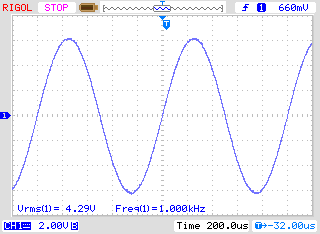
It measured 4.29V RMS at the maximum volume setting of 35. This is with bass and treble controls set flat.
Next I measured the output of my Phoenix Gold PLD-1 line driver in my test bench, at the point when its peak indicator LED illuminated...
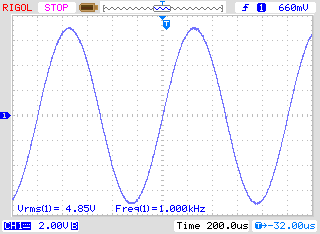
Hear we see the PLD does 4.85V RMS out when the peak LED illuminates.
I then increased the gain on the PLD-1 until it reached clipping...
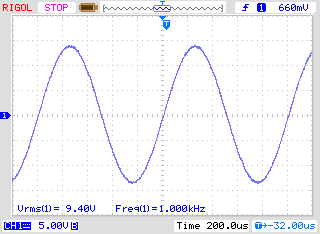
The PLD-1 can do 9.4V RMS prior to clipping. This is plenty of voltage to drive just about any car audio amplifier in existence.
Now for the results of the ZX500v2. I turned the volume on the Kenwood KDC-X911 all the way up, and turned the gain on the PLD-1 all the way down.
I then turned the gain on the ZX500v2 all the way down, and increased the gain on the PLD-1 until the ZX500v2 reached clipping.
This would yield the maximum signal-to-noise ratio of the setup.
Channel one on my oscilloscope was the RCA input voltage to the ZX500v2, and channel two was the speaker output voltage of the amplifier.
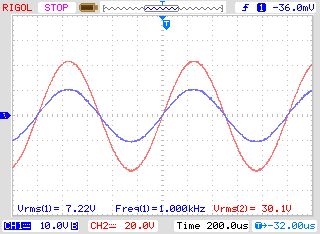
As we can see, the ZX500v2 requires 7.22V RMS input to reach full output with the gain at the minimum setting.
The ZX500v2 does just over 30V RMS output, which is pretty impressive for an amp rated to do 150W a channel into 4 ohms.
Next I repeated the same procedure, except I started with the ZX500v2 gain at the maximum setting.
This would yield the least signal-to-noise ratio of the setup (most output noise from the amplifier).
As we can see where, it only takes about 250mV RMS to fully drive the amplifier at the maximum gain setting.
With such a wide range of input gain, the ZX500v2 would work with virtually any source unit, although,
if you look at the screen captures closely, you can see the significant noise in the signal with the amplifier gain at maximum.
250mV is such a small signal voltage, noise easily overwhelms it.
Hopefully this experiment can help clear up some questions concerning how signal voltages and gain are related.
As always, if you have any questions, feel free to email me, dr.fosgate@gmail.com
EMD2014